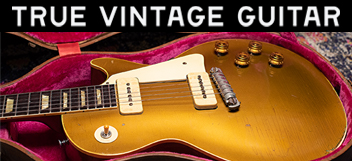SoCalSteve
New member
- Joined
- Dec 25, 2005
- Messages
- 133
I guess this has to do with the neck angle of the guitar. If you found an LP that was setup the way you wanted but the strings rest against the back of the bridge, would it keep you from buying it? Is it important enough to move on and look at others or would you maybe top wrap the strings?



